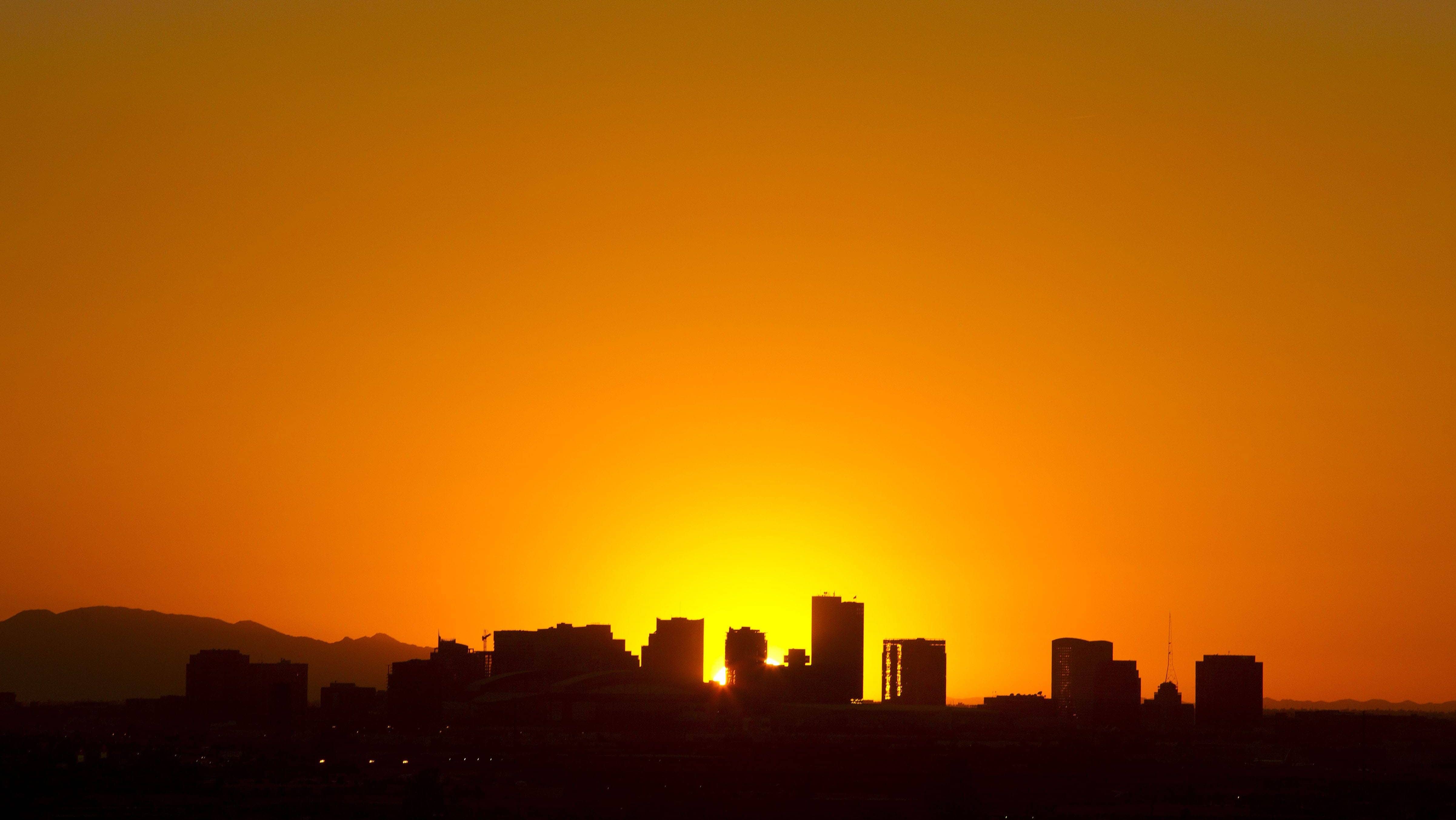
(New York, NY) – With this past weekend in the rear-view mirror, Daylight Saving Time is over until March 2025. We “fell back,” on Sunday morning, meaning most people wake up in the dark, and come home when it’s already dark. That kind of change in light levels affects different people in various ways.
Some experience depression as a result — often referred to as Seasonal Affective Disorder, or SAD. But depression is not the only concern. Clock changes disrupt sleep patterns, leaving some feeling tired or irritable. The phenomenon can also impact metabolism, increasing people’s appetites in some cases. Others experience heightened levels of stress.
The sleep impact isn’t just a concern in terms of feeling tired or being easily annoyed. It can be dangerous. Disruption to the natural sleep cycle can impact people’s movements and reaction times, raising the risk of injury both at home and at work. But medical professionals do note that in comparison to moving toward Daylight Saving Time (when we spring forward), people experience fewer heart attacks and stroke during the Autumn time change.
Some states remain in standard time year round — like Hawaii and Arizona. In California, voters approved permanent Daylight Saving Time in 2018, but state lawmakers have failed to pass corresponding legislation.












